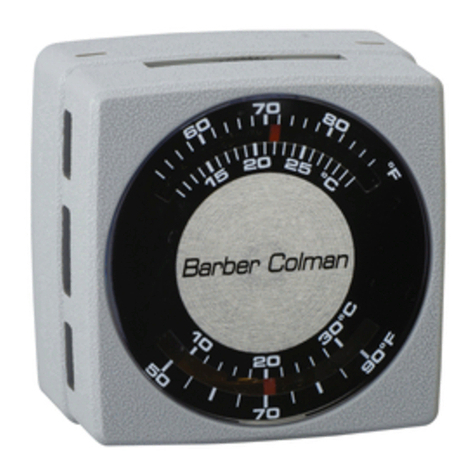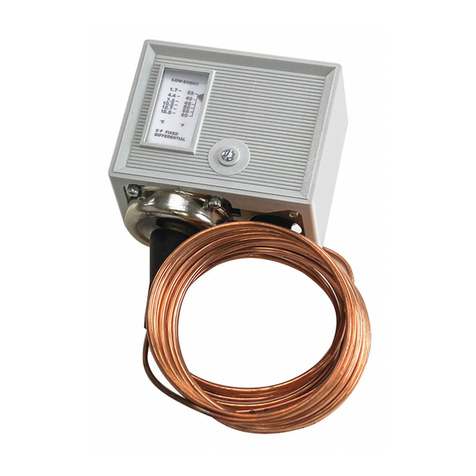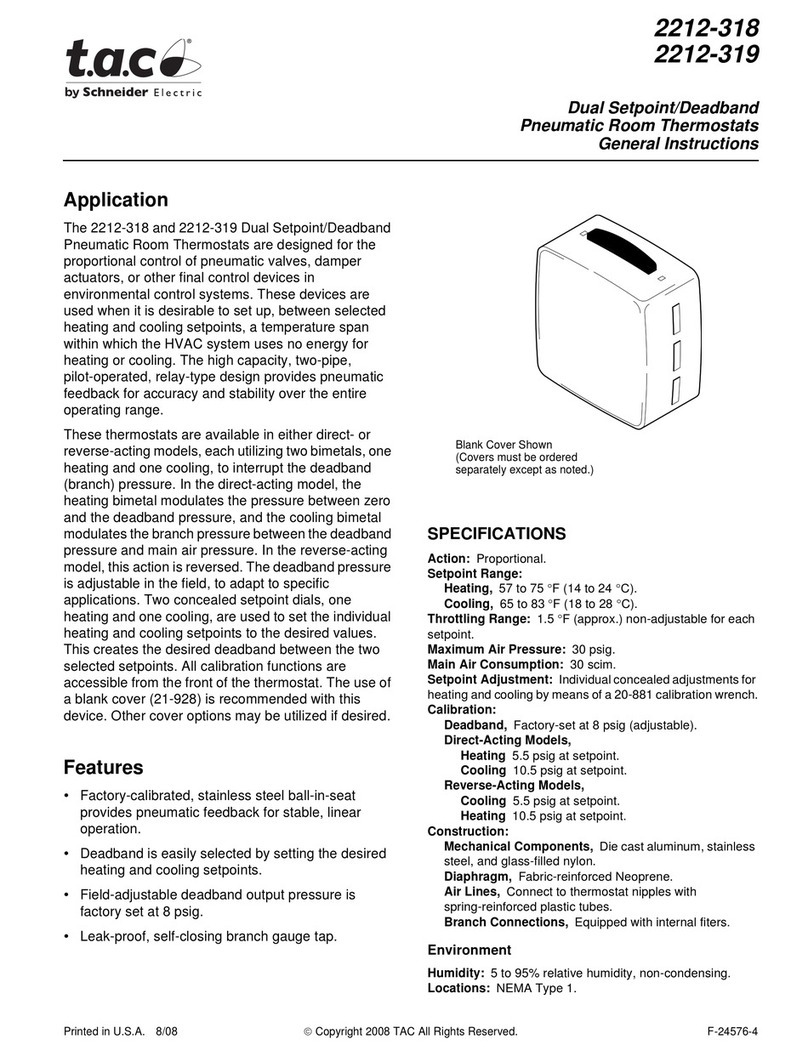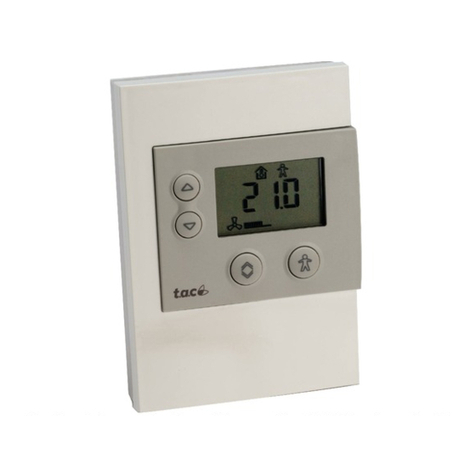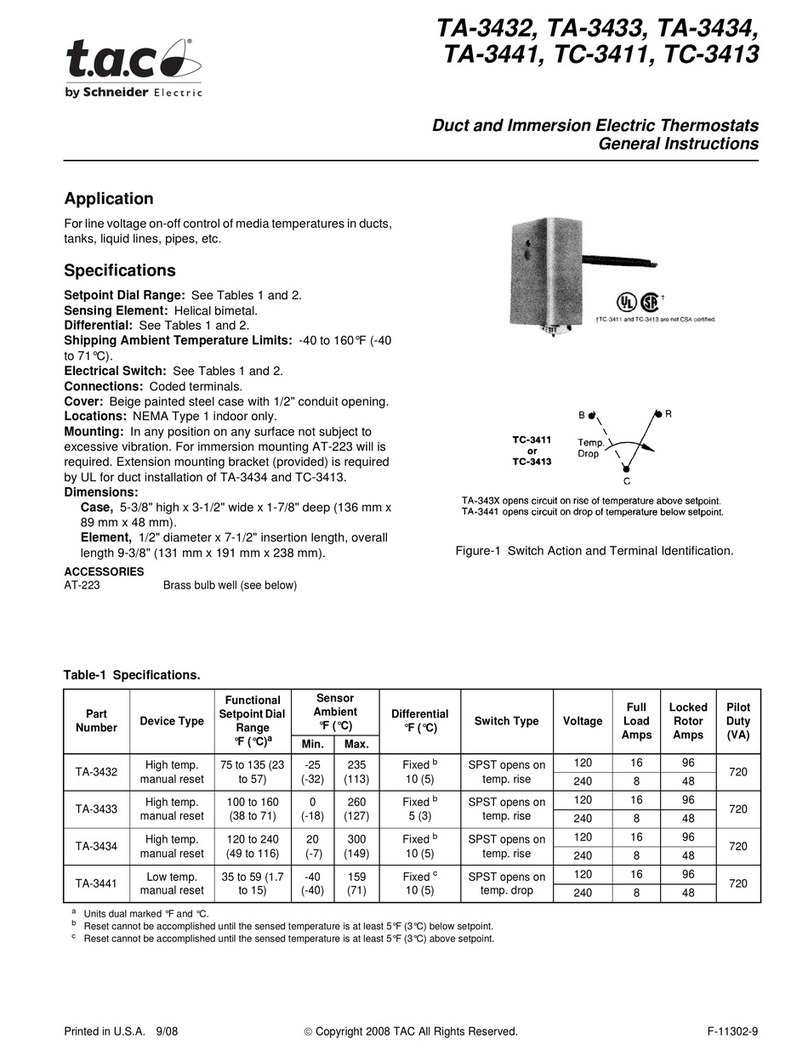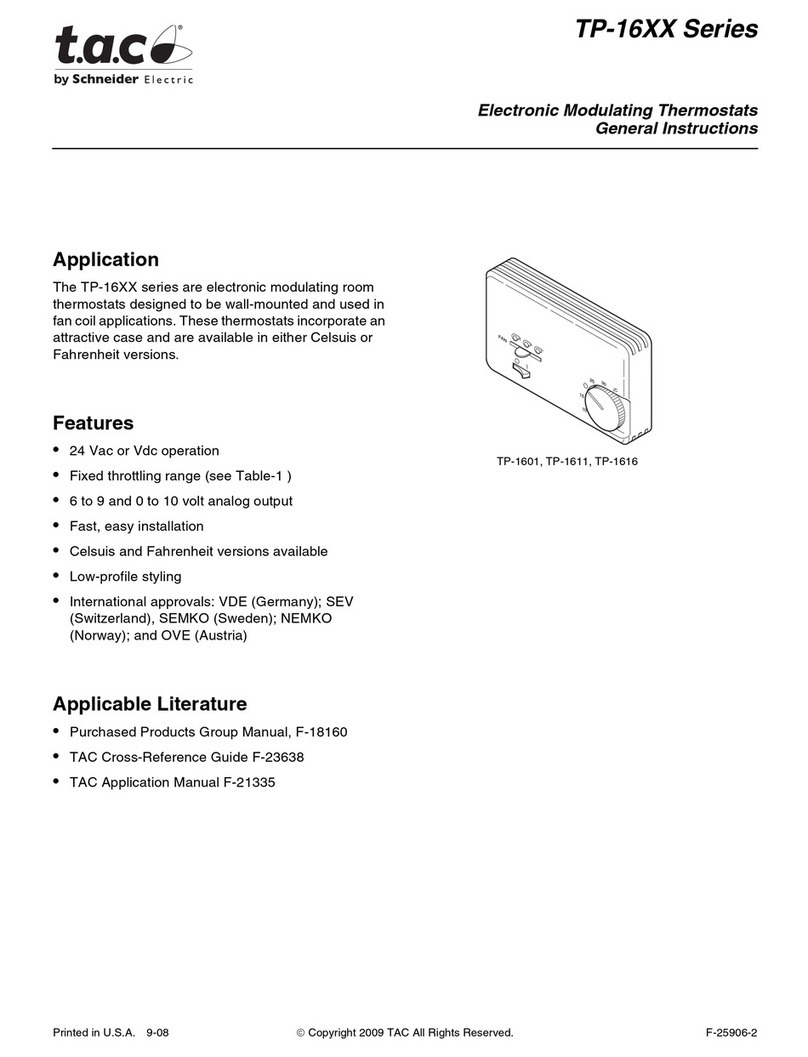
2.7. ADDITIONAL CONTROL LOGIC INFORMATION
Room Influence Operation.
If a room sensor is used you can choose how it influences the flow temperature. If
you select 0 there is no influence. If you select 1 then room influence will adjust the
flow temp up and down during the day but only down during the off periods. If you
select 2 the flow temp is only influenced to lower the set point during both day and
night periods. The fixed ratio is 3:1, both day and night have set points for space
temperature.
Night Set Back Operation (CSC 5352 Only).
When the CSC turns off you can select what happens to the heating. If you set to “0”
the heating will turn off during both “off” periods. This means that there will be no
heating during the relaxed periods, the pump will turn off and the valve, if used, will
close. If you set the value to “1” this means that the heating will run during both off
periods with the flow temp reduced by the setting. If the setting = 2 then the
heating will control to NSB during the 1st off period but turn off for the 2nd off period.
The controller can be externally overridden to Night Set Back by the use of an
external contact if required.
•Frost Logic and Set Point (CSC 5352 Only).
The CSC has three stages of frost. Stage 1 is outside air temperature. This value is
adjustable by you. The CSC is constantly monitoring the outside air temp and if it
falls below the limit when the heating is off then the CSC will a) turn the pump on
(UK Logic) b) turn on the pump and control to the NSB requirement. During the
event of frost out of hours the controller will display “Auto 1” to indicate that the
controller is working correctly.
Low Flow Temperature (Stage Two Frost)
If the flow water temperature falls below 5°C then the valve will open and the boiler
and pump will start. The plant will remain in Boost control for a 1⁄2hour period. This
should ensure a sufficient rise in return water temperature and remove the frost
condition. In the event of another frost condition the control will cycle as stated. The
controller will display “Auto 2” during this frost period.
Low Space Temperature (Stage Three Frost)
If a space temperature sensor is fitted then this will also provide the third stage frost
protection in addition to room influence. The low space temp setting will open the
valve and energise the pump until the space temperature has increased above the in
built hysteresis of 2°C (not adjustable) under boost conditions. The default low space
temperature setting is set to 10°C and this will be adjustable (–10 to 30°C). Whilst in
this condition display will show “Auto 3”. An example of this occurrence could be a
window being broken/left open in the area being controlled. As the space
temperature can increase the flow temperature during the day this alarm should only
occur when the plant is off or in the NSB mode. The low space temperature setting
can be adjusted to –10 to remove the function if required. This will allow the input to
be used for other influence applications if required.
Pump overrun will be in operation for the programmed period after any of the frost
conditions have cleared.
October, 03 CSC USER GUIDE
10 of 42












